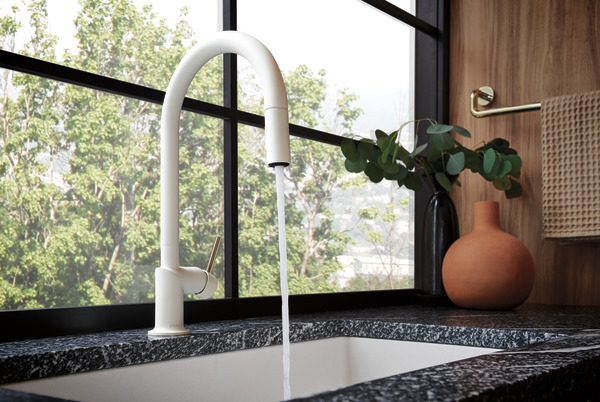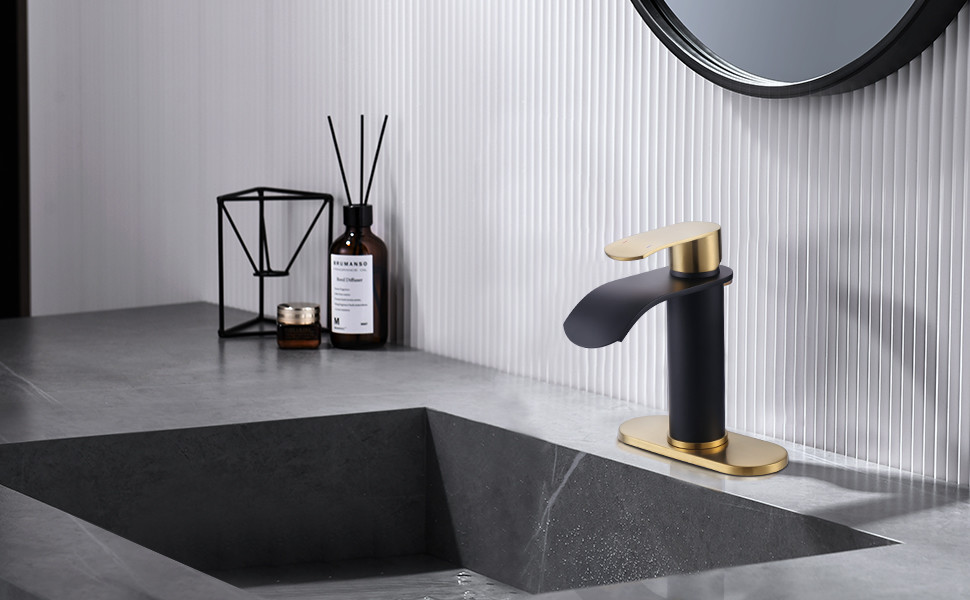How To Fix A Squeaky Faucet – Step by Step

Squeaking faucets are really annoying. While the squeak itself may not indicate a major problem with the faucet, hearing a noticeable squeak every time you use the faucet can be annoying. In most cases, the fix is very simple and only takes a few minutes. So if a squeaking faucet bothers you, read on this post to learn how to fix a squeaking faucet.
What causes a squeaky faucet?
Generally, a lack of lubrication is what causes the faucet to squeak. Every time the faucet is turned on, the handle rotates on the handle bar of the faucet. Your faucet may squeak when there is no lubrication on the handle bar. So, you may only need to lubricate the faucet handle stem. But if the squeak isn’t just when you turn the faucet on and off, there’s probably something else going on.
Other potential issues cause squeaky faucets
If handles and faucet handles aren’t the problem, a few other things could be causing the problem. Here are some other potential issues:
Clogged Aerator
In some cases, a clogged aerator can cause a squeaking sound. The aerator is the little screen at the tip of your tap.
Worn Out Washers
The washers could be the culprit as well. Incorrectly sized or worn-out washers can cause the squeaky noise.
High Water Pressure
In some scenarios, water pressure that is too high can cause strange noises coming from your faucet.
How to fix a squeaky faucet?
If the faucet squeaks when you turn the handle, the problem may be lack of lubrication. When the handle is turned, the threads rub, creating the noise you hear. Fortunately, fixing a squeaky faucet handle is quick and easy. All you need to do is lubricate the faucet. So, how to lubricate the faucet?
Here is what you need in advance:
- Screwdriver
- Allen key
- Wrench or pliers
- Plumber’s Grease (or other lubricant)
If you want to speed up the process, use a drill or screw extractor instead of manually removing the screws. It shouldn’t take long to remove the screws by hand, so it should be fine without any fancy tools.
Start by turning off the water in the sink you are treating. While this shouldn’t be a problem, it doesn’t hurt when it comes to safety and turning off the water. Once the water is off and you have the necessary tools, remove the handle from the faucet.
The removal process depends on the type of faucet you have. For example, most faucets have a set screw near the bottom or back of the handle. However, many brands like to hide the screws with decorative caps, so keep an eye out for random decorative pieces.
If it has a decorative cap, use your fingernail or a flathead screwdriver to carefully pry the cap off the handle. Remove the retaining screw once it is exposed. Depending on the faucet, you may need an Allen key or a Philips screwdriver.
After removing the set screw, set it aside. Lift the faucet handle up and away from the counter or faucet body. Hands aside, it’s time to lubricate the handlebars. You can use petroleum jelly on the threads, but we recommend using plumber’s grease as it is designed for this type of situation.
Make sure to apply a generous amount of grease to the visible part of the stem. After lubricating, tap, reconnect the handle, and screw in the set screw. Replace trim cap (if applicable).
Finally, turn the water back on and check your craft. If it no longer squeaks, then you did it! If the problem persists, continue with the possible issues below.
 WOWOW Faucets
WOWOW Faucets





您好!Please sign in